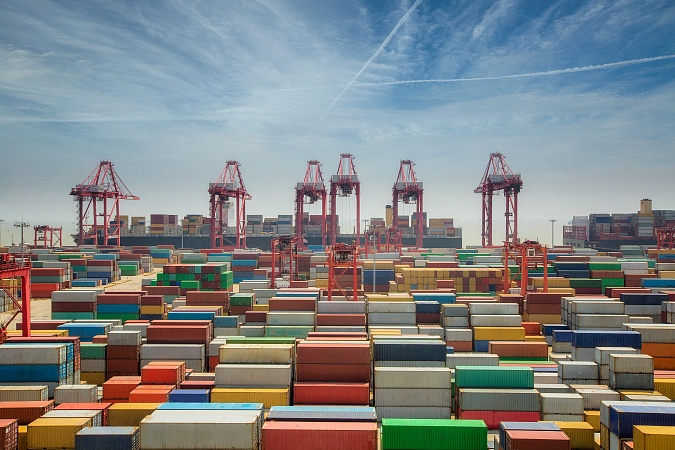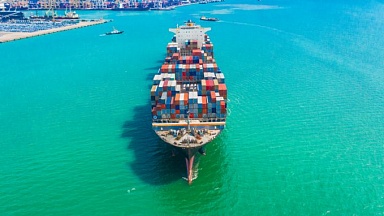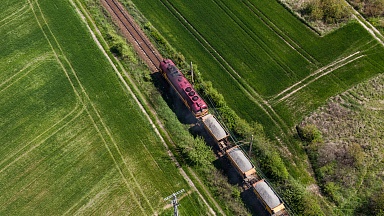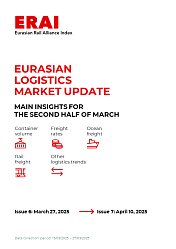Cargo movement data tracked by project44 shows that congestion has increased again across all four major Southern California ports (Hueneme, Los Angeles, Long Beach, and San Diego).
According to data collected by the supply chain visibility company, 41 vessels are anchored outside of LA and Long Beach awaiting berth space, while 33 are currently moored at both ports.
Not since February’s peak of 40 vessels waiting at anchor has congestion been this severe. However, despite the backlog, the Port of Los Angeles is reporting record breaking productivity this year, handling upwards of 11,000 container units per vessel. These numbers are among the «best in the business», according to LA Port Executive Director, Gene Seroka.
Industry experts attribute the latest surge to proactive shippers, who are bolstering their inventories in preparation for the holiday season. However, processing the influx of containers across West Coast ports is running up against capacity issues facing North American rail and road carriers, as inland congestion brings additional delays.
Despite the record number of containers being processed at the Port of LA and Long Beach, the antiquated rail and road infrastructure on the West Coast is preventing the efficient removal of containers out of the port.
According to Seroka, the Port of LA is currently facing a daily 30% no-show rate for truck appointments. Compared to ports on the East and Gulf coast, West Coast ports have been «out invested at a rate of over 11 to 1 over the past decade by the Federal Government and Congress — we’ve got to correct this quickly,» Seroka said in a recent interview on CNBC.
According to project44 data, the average weekly dwell times at LA and Long Beach have dropped by nearly three days last week indicating a strong rally to handle the backlog of container vessels.
But it said that while port infrastructure and personnel are performing admirably under the circumstances, the capacity/volume mismatch between maritime ports and overland transport could get worse in the weeks and months ahead, setting the stage for another breaking point in supply chains.




